Imagine if your body was a busy city with millions of tiny workers called proteins rushing around, building things, sending messages, and fixing problems. Now imagine if scientists could understand the language these workers speak! That’s exactly what’s happening with protein language models.
These amazing AI tools are helping scientists understand the secret code that tells proteins what to do in our bodies. This breakthrough is changing medicine in ways that could help treat diseases faster and better than ever before.
Table of Contents
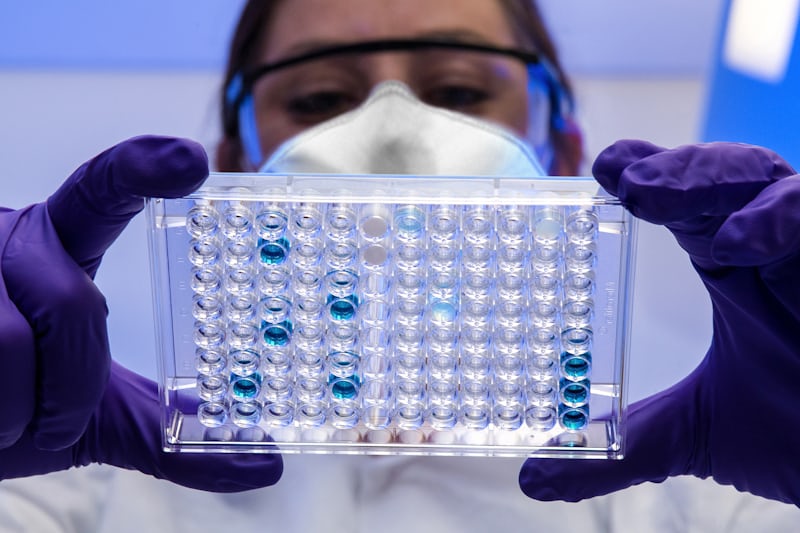
How Protein Language Models Are Revolutionizing Medicine
The Basics of Protein Language
Proteins are like the hardworking heroes in your body. They digest your food, fight off germs, and even make your muscles move when you want to run or jump. These proteins are made of smaller building blocks called amino acids that link together like beads on a string. The order of these amino acids works kind of like a sentence—it tells the protein what shape to take and what job to do. For a long time, scientists struggled to understand this complex language, but now computers are helping crack the code!
How Protein Language Models Work
Think about how you learn a new language—you look for patterns in words and sentences until things start making sense. Protein language models do something similar, but with amino acids instead of words. Scientists feed millions of protein sequences into computers, which then look for patterns and rules—like finding the grammar of protein language. It’s like teaching a computer to understand a secret code that nobody could fully figure out before.
Real-World Healthcare Applications
Thanks to these protein language models, scientists are finding new medicines much faster. Instead of testing thousands of chemicals one by one, they can now predict which ones might work best. This is already helping to create treatments for diseases that were super hard to treat before. Doctors are also getting better at matching the right medicine to each person, because now they can understand how your specific proteins might react to different treatments.
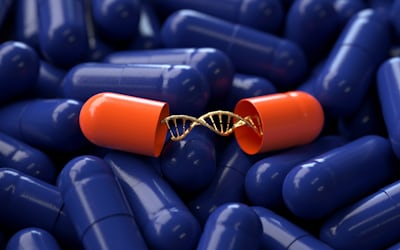
These aren’t just cool science experiments—they’re changing real lives! For example, there are children with rare diseases who now have treatments because scientists used protein language models to design medicines specifically for their conditions. Some patients who suffered from terrible side effects with old medications now have better options that were designed with the help of these AI tools.
Future Horizons
The future looks even more exciting! Scientists think that soon they might be able to look at your personal protein patterns and create medicines designed just for you. Many diseases that doctors currently can’t treat might finally have solutions. Within the next five to ten years, your visits to the doctor might be completely different—with treatments that work better and faster because they’re built on this deeper understanding of your body’s protein language.
Protein language models might sound like complicated computer stuff, but they’re actually helping solve one of medicine’s biggest challenges: understanding how our bodies work at the tiniest level. This technology is giving doctors and scientists new superpowers to fight disease and help people stay healthy. The most amazing part?
We’re just at the beginning of this protein revolution, with even bigger breakthroughs on the horizon!
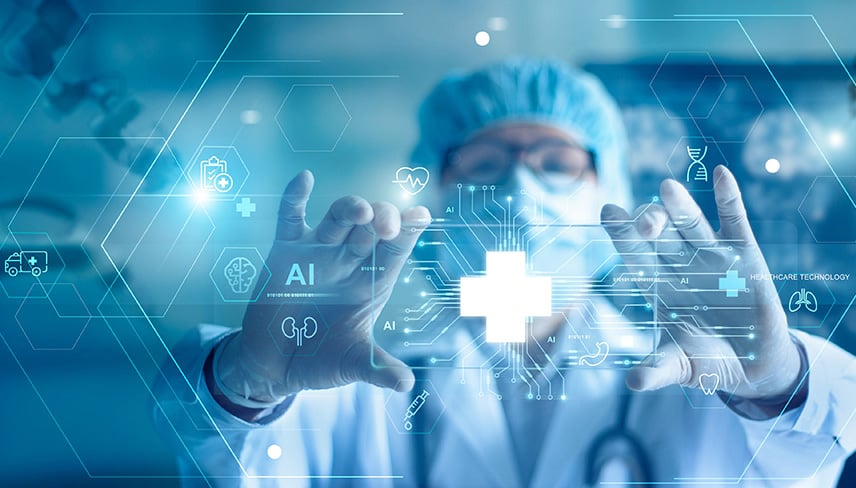
From Code to Cure: The Journey of Protein Language Models
The Protein Puzzle
Proteins are the tiny machines that do almost everything in your body—from helping you digest food to fighting off germs. Scientists have been trying to understand how these proteins work for decades, but there’s a huge problem: there are billions of possible shapes proteins can take! Understanding these shapes is super important because when proteins get the wrong shape, diseases like Alzheimer’s can happen. This is where super-smart computers are stepping in to help.
The Building Blocks of Life
Think of proteins as LEGO sculptures made from just 20 different types of blocks (called amino acids). The way these blocks are arranged determines what the protein does in your body. Even a small protein might have hundreds of blocks, which can be arranged in more ways than there are stars in the universe! No wonder scientists were stuck until AI came along.
Teaching Computers to Read Proteins
Protein language models are special computer programs that learn to understand the “language” of proteins. Just like you can learn patterns in a language by reading lots of books, these computers learn by “reading” millions of protein structures. After enough practice, the computer starts to understand the rules—like figuring out that in English, “q” is almost always followed by “u.” Now these computers can look at a brand new protein and predict what it does!
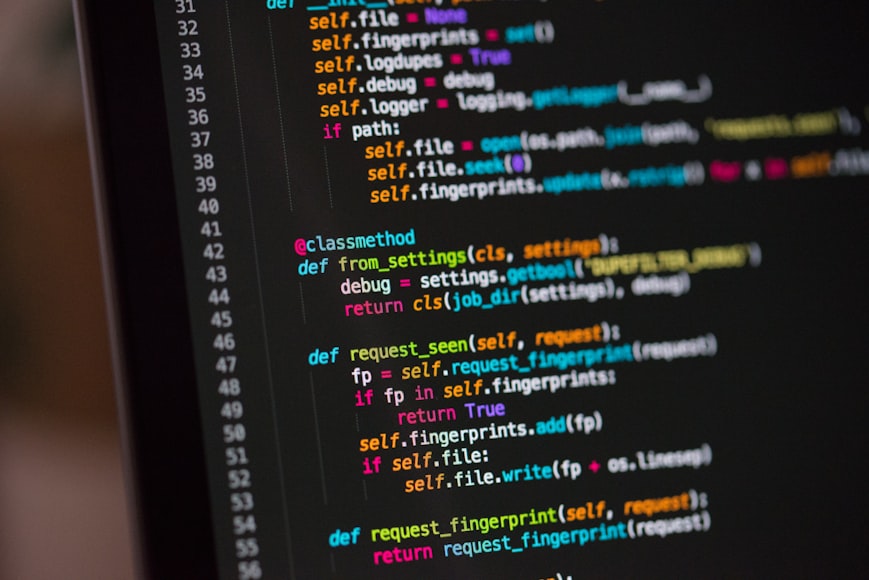
Thanks to these computer models, scientists are creating new medicines faster than ever before. They’re designing special proteins called antibodies that can fight viruses like a guided missile. They’re finding new ways to attack cancer cells without hurting healthy ones. And they’re even creating custom enzymes (special proteins that speed up chemical reactions) to help kids with rare diseases.
Democratizing Drug Discovery
Before protein language models, only the biggest pharmaceutical companies could afford to develop new drugs because it cost billions of dollars. Now, even small labs at universities can use these AI tools to design new medicines. This means more people working on cures for diseases that might have been ignored before, like rare conditions or diseases that mainly affect poorer countries.
Ethical Considerations and Challenges
With great power comes great responsibility! Scientists are thinking carefully about questions like: Who owns the data from all these protein studies? How do we make sure new treatments are available to everyone, not just rich people? And how should these powerful tools be regulated to keep everyone safe?
In the coming years, protein language models will become even more powerful. They’ll work together with other technologies like personal genome sequencing to create truly personalized medicine. They might help us create proteins that clean up pollution or make crops more resistant to climate change. The future of medicine will be shaped by our growing ability to speak the language of proteins. ‘
Protein Language Models: The Translator Between Biology and Medicine
The Communication Problem in Biology
Your body has trillions of cells that need to talk to each other constantly, and they do this using proteins. It’s like they’re speaking a language that scientists have been trying to understand for centuries. The problem is, this language is super complicated, with patterns that are hard for humans to spot. When we can’t understand this language, we struggle to fix things when they go wrong—which is what happens in many diseases. Protein language models are like universal translators that help us finally understand what our cells are saying!

Decoding Nature’s Most Complex Language
Imagine trying to learn a language with only 20 letters but billions of possible words! That’s what protein language is like. Proteins are made of just 20 amino acids (the letters), but they can be arranged in countless ways to create molecules that do everything from helping you digest pizza to defending against the flu. Protein language models are computers that have “read” millions of protein “sentences” and learned the patterns, just like you would learn a new language by reading lots of books.
The Technology Behind the Translation
How do computers learn to understand proteins? They use something called machine learning, which is like teaching without directly giving instructions. Scientists feed the computer millions of protein examples, and it finds patterns on its own. It’s like if you figured out the rules of grammar just by reading stories, without anyone explaining nouns and verbs to you. The computers today are so powerful they can process in hours what would have taken older computers decades!
Understanding the protein “conversation” helps scientists create medicines that work better. For example, in Alzheimer’s disease, certain proteins start “saying the wrong things” and clump together in the brain. Now that we can understand this process better, we’re designing treatments that can interrupt these harmful conversations. Similarly, in conditions like rheumatoid arthritis where the body attacks itself, we can now see which protein messages are causing the confusion.

These protein translators aren’t just helping us treat diseases—they’re helping us prevent them! Scientists are learning to spot warning signs in protein patterns before you even feel sick. It’s like catching a spelling mistake before it turns into a full paragraph of errors. In the future, a simple test might analyze your proteins and tell you what health issues you might face, allowing doctors to help you prevent them through simple lifestyle changes or early treatments.
Beyond Human Health
The coolest thing? This technology isn’t just for human medicine. Scientists are using protein language models to create enzymes that can eat plastic pollution, design crops that need less water, and develop new materials that are stronger and lighter than anything we have today. Understanding protein language is opening doors we didn’t even know existed!
Joining the Conversation
You don’t have to be a scientist to benefit from this revolution. Next time you visit a doctor, they might be using insights from protein language models to choose your treatment. Some forward-thinking doctors are already using protein pattern analysis for difficult-to-diagnose conditions. The more you know about how these technologies work, the better you can participate in decisions about your own healthcare.
How AI is Redesigning Healthcare from the Molecule Up
AI Meets Biology
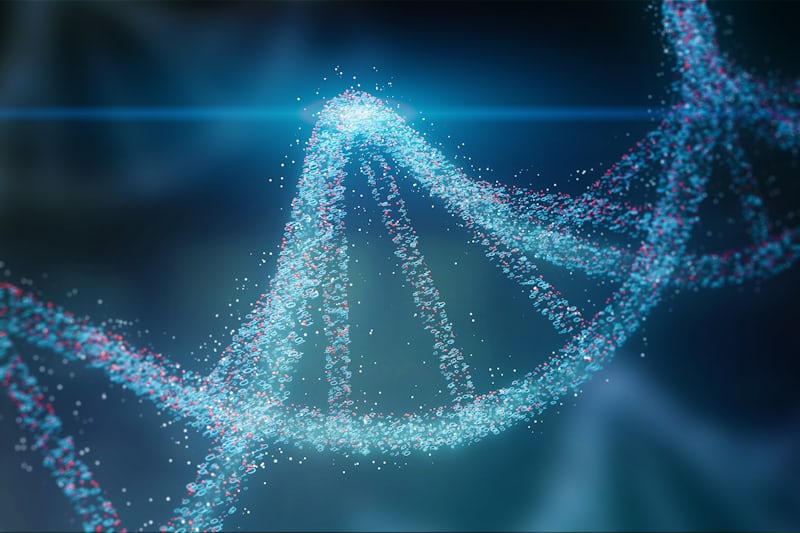
Think about how your phone can predict the next word you might type. Protein language models work similarly, but instead of predicting words, they predict how amino acids (the building blocks of proteins) might arrange themselves. The computer learns patterns by studying millions of known proteins, then applies those patterns to predict new ones. It’s like if you learned English by reading millions of books and then could write your own stories. These AI systems don’t need to be programmed with rules of biology—they figure out the rules on their own!
Breaking the Speed Barrier
Before protein language models, figuring out a single protein’s structure could take years of laboratory work. Now, computers can predict structures in minutes! During the COVID-19 pandemic, scientists used these tools to quickly understand the virus’s proteins and develop vaccines in record time. What once took decades now takes months, and what took months now takes days. This incredible acceleration means treatments can reach patients faster than ever before.
Making the Impossible Possible
Some diseases have been nearly impossible to treat because they involve protein interactions that were too complicated to understand. Conditions like Parkinson’s disease, certain types of diabetes, and many rare genetic disorders fall into this category. Protein language models are helping scientists unravel these mysteries. They can simulate how proteins misfold or interact incorrectly, giving researchers new targets for treatments. Problems that seemed unsolvable just five years ago are now yielding to this technology.
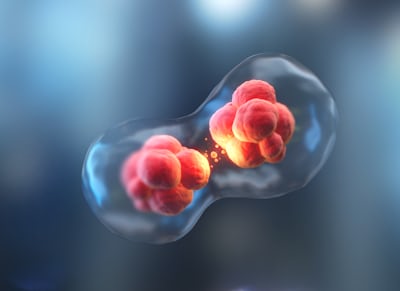
Personalized Protein Profiles
We’re all unique, and so are our proteins! Small differences in your proteins can affect how you respond to medications or your risk for certain diseases. In the near future, doctors might analyze your personal “protein profile” to choose the perfect treatment for you specifically—not just what works for most people. This goes beyond genetic testing because proteins show what’s actually happening in your body right now, not just what your genes say might happen.
Healthcare Economics Transformation
Developing a new drug traditionally costs billions of dollars and takes 10+ years. Protein language models are dramatically reducing both cost and time. This could mean more affordable medicines and treatments for conditions that pharmaceutical companies previously couldn’t afford to research. The economic ripple effects could be enormous—from reduced hospital stays to fewer side effects to better management of chronic conditions.
Preparing for the Protein-Informed Future
Within the next decade, your healthcare experience could look very different. Your doctor might use protein analysis to predict which conditions you’re at risk for and recommend preventative measures. Treatments might be selected based on your specific protein patterns rather than general guidelines. New medications will target the root causes of diseases rather than just managing symptoms. The most exciting part? We’re just at the beginning of understanding what’s possible when AI helps us speak the language of life itself.

You don’t need a science degree to be part of this exciting new era. Clinical trials for treatments developed using protein language models are recruiting participants. When talking with your doctor about treatment options, you can ask whether protein-based approaches might be available for your condition. And if you’re curious to learn more, many universities and research institutions offer public lectures and resources about how this technology is changing healthcare. The protein revolution is just beginning, and we’re all part of this incredible journey.
